When considering adding a new furry member to a family with children, it’s crucial to choose a breed that meshes well with the energy, activity level, and temperament of younger household members. While all dogs have individual personalities and many are exceptions to typical breed behavior, certain breeds might pose challenges in homes with children due to size, temperament, or energy levels. In this article, we’ll explore 10 Risky Dog Breeds that may not be the best fit for families with children. This decision is based on general breed characteristics and should be considered alongside a dog’s personal history and temperament.
10 Risky Dog Breeds:
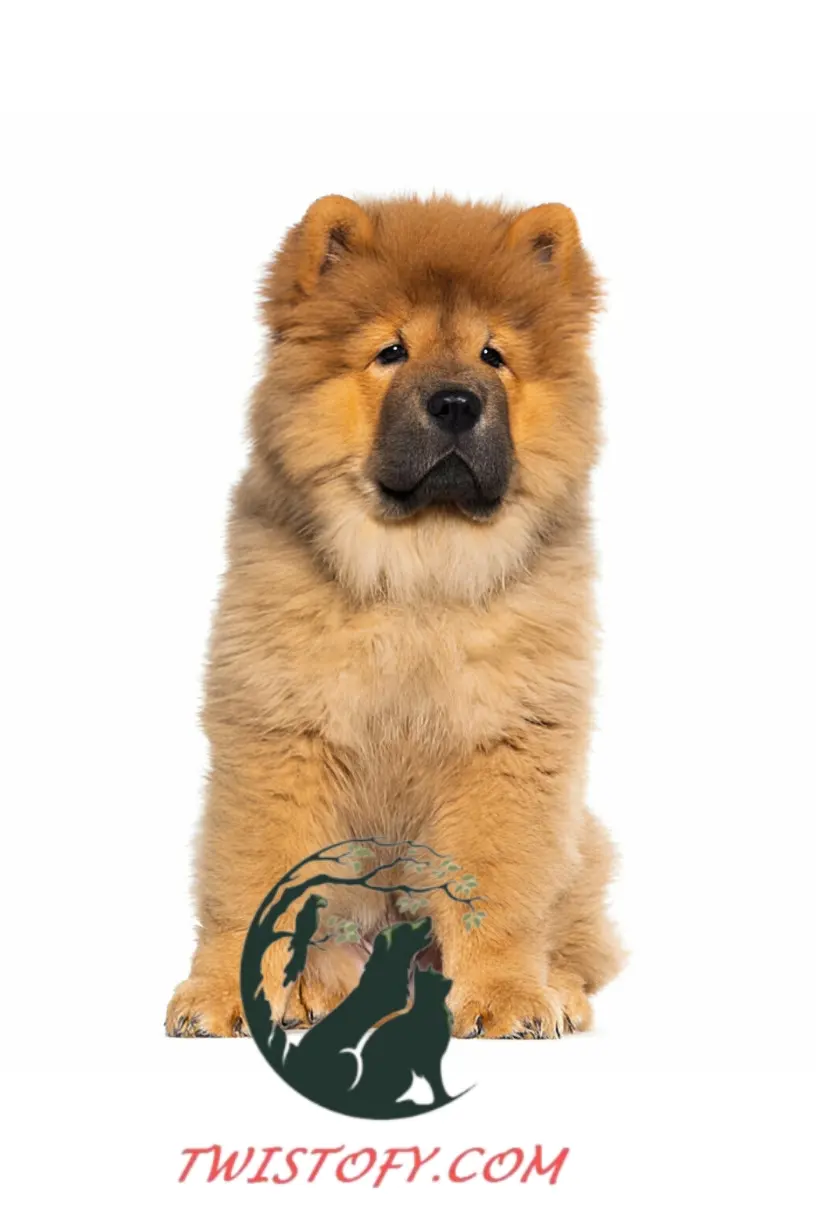
risky dog breeds Risky Dog Breeds Risky Dog Breeds
Chow Chow
-
- Temperament: Known for their aloof nature, Chow Chows can be very independent and reserved. They are often loyal to one person and may not tolerate the loud, unpredictable behavior of children.
- Considerations: Early socialization and training are crucial if Chow Chows are to be considered for homes with children.
Afghan Hound
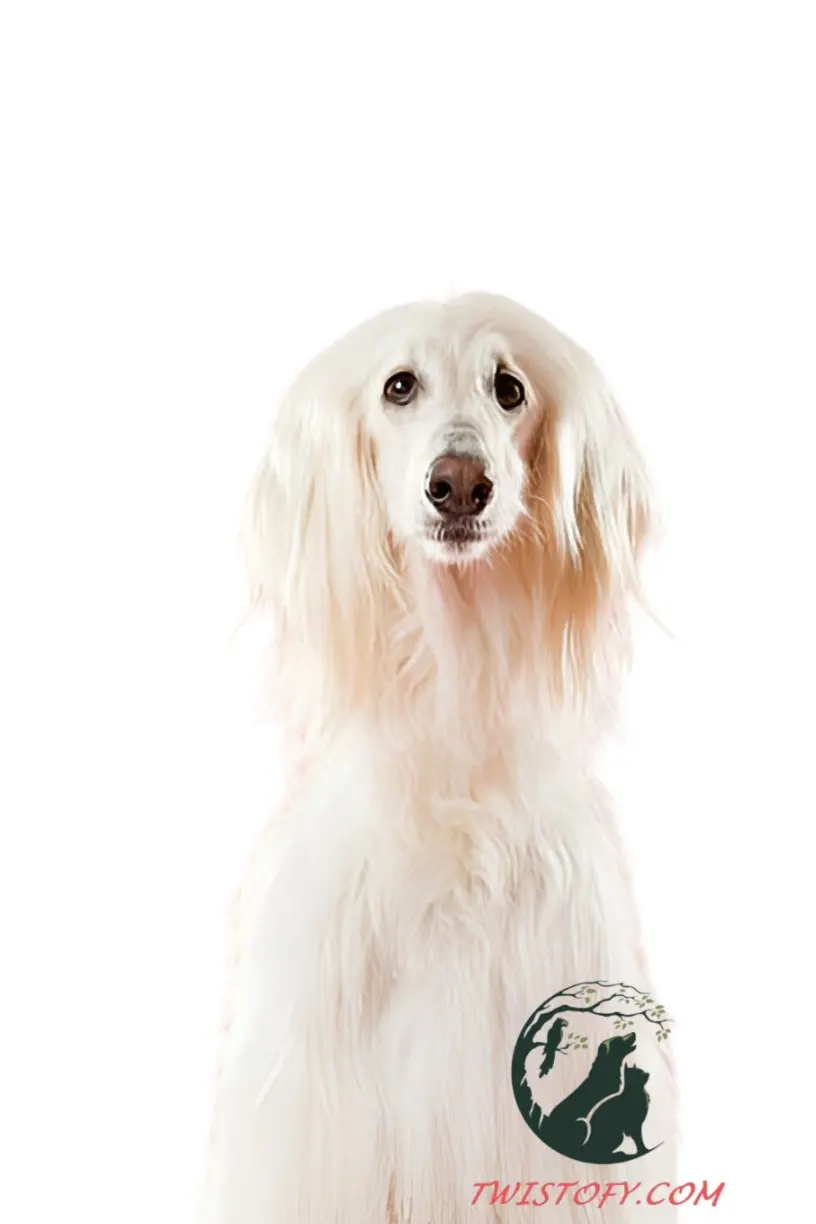
risky dog breeds Risky Dog Breeds
-
- Temperament: This breed is dignified and can be distant with strangers. Afghan Hounds are also known for their high prey drive and sensitivity.
- Considerations: Their elegant appearance and gentle care requirements contrast with a need for extensive exercise and patient training.
Alaskan Malamute
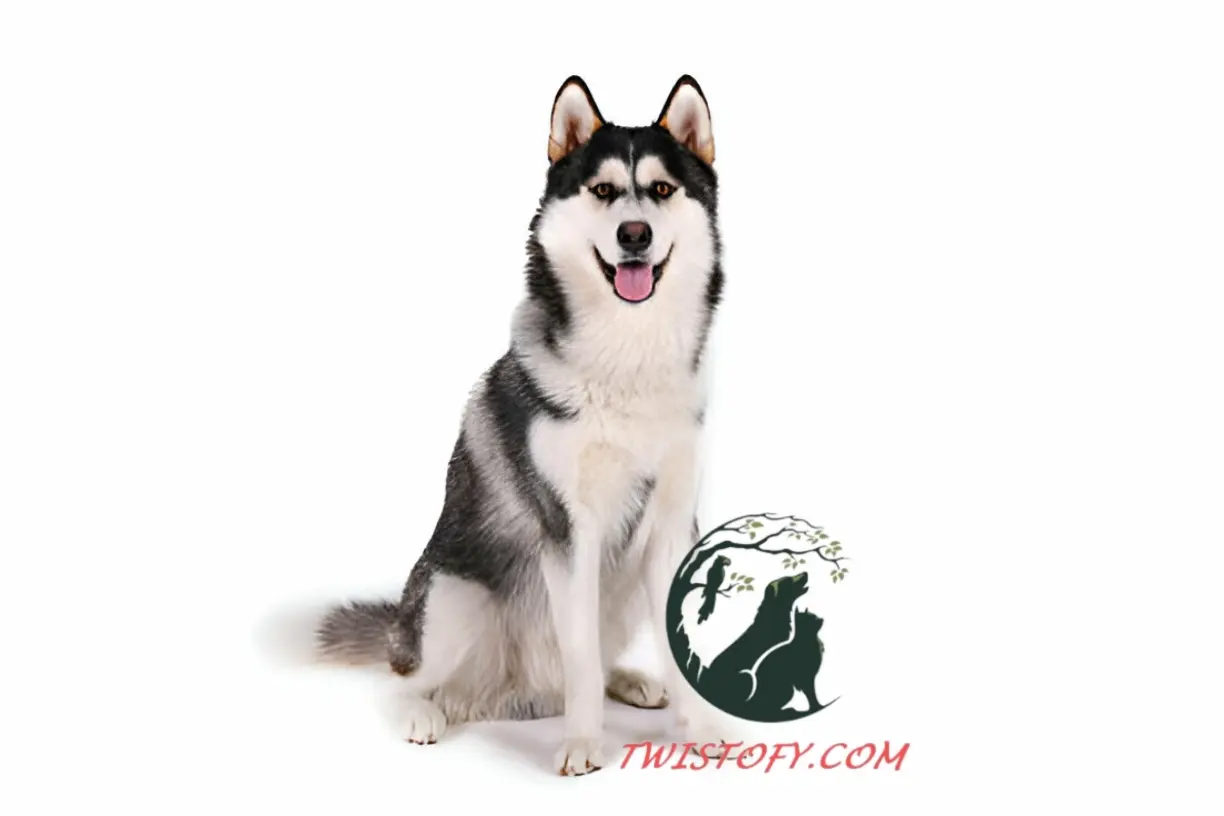
risky dog breeds Risky Dog Breeds
-
- Temperament: Originally bred for hauling heavy freight as a sled dog, the Alaskan Malamute is a powerful breed. They can be too boisterous for small children and may inadvertently knock them over.
- Considerations: They require a lot of exercises and may exhibit dominance if not properly trained.
Weimaraner

risky dog breeds Risky Dog Breeds Risky Dog Breeds
-
- Temperament: Weimaraners are energetic and can be overly exuberant, potentially overwhelming younger children.
- Considerations: They thrive on companionship but require extensive exercise and mental stimulation to prevent anxiety and destructive behavior.
Rottweiler
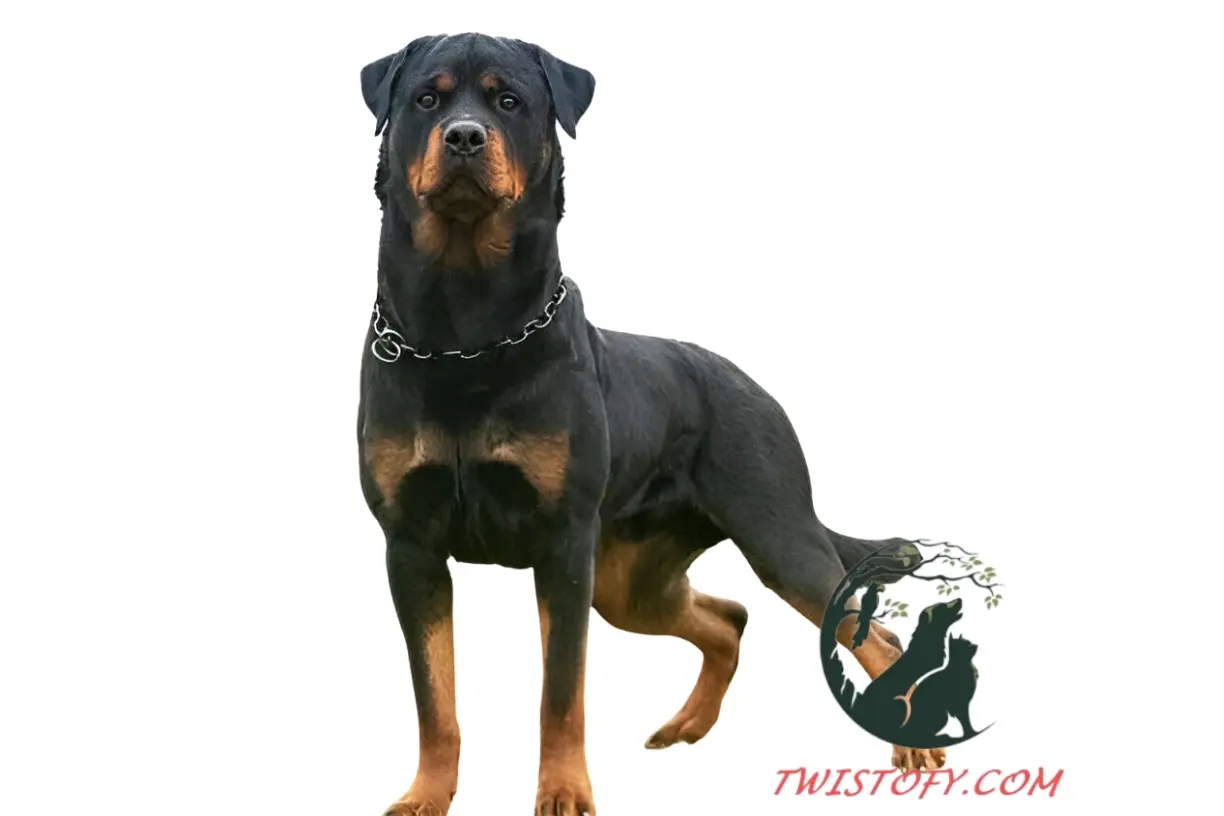
risky dog breeds Risky Dog Breeds
-
- Temperament: While Rottweilers can be protective and loyal, their size and strength might pose a risk to children if not properly trained.
- Considerations: They require firm, consistent training from an experienced owner and are not recommended for first-time dog owners.
Dalmatian

risky dog breeds Risky Dog Breeds
-
- Temperament: Known for their stamina and energy, Dalmatians were bred to run under or alongside horse-drawn carriages, and therefore, have a vast amount of energy.
- Considerations: They can be a great family pet if exercised properly but their energy might be too much for very young children.
Siberian Husky
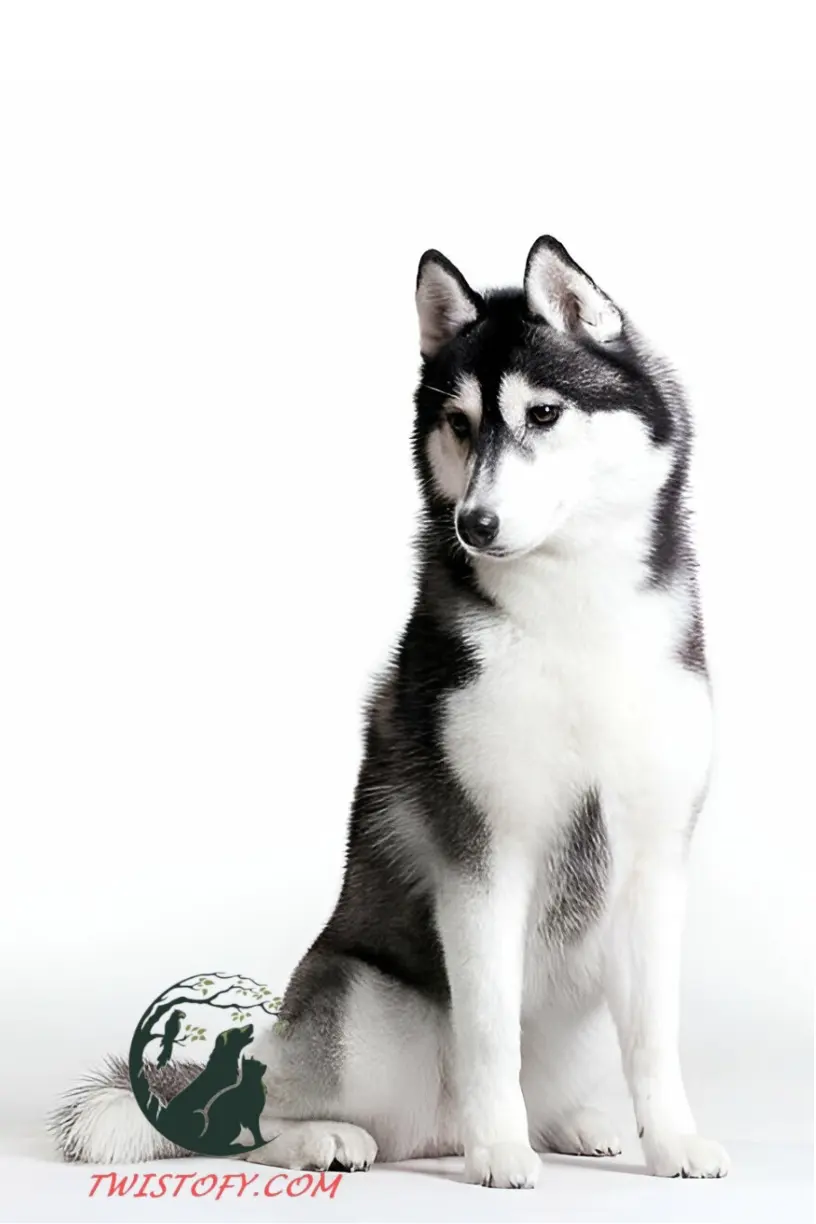
risky dog breeds Risky Dog Breeds Risky Dog Breeds
-
- Temperament: Siberian Huskies are known for their friendly disposition but they are also very active and can inadvertently harm small children during play.
- Considerations: This breed needs a lot of exercises and is known for being stubborn, which can make training a challenge.
Bullmastiff
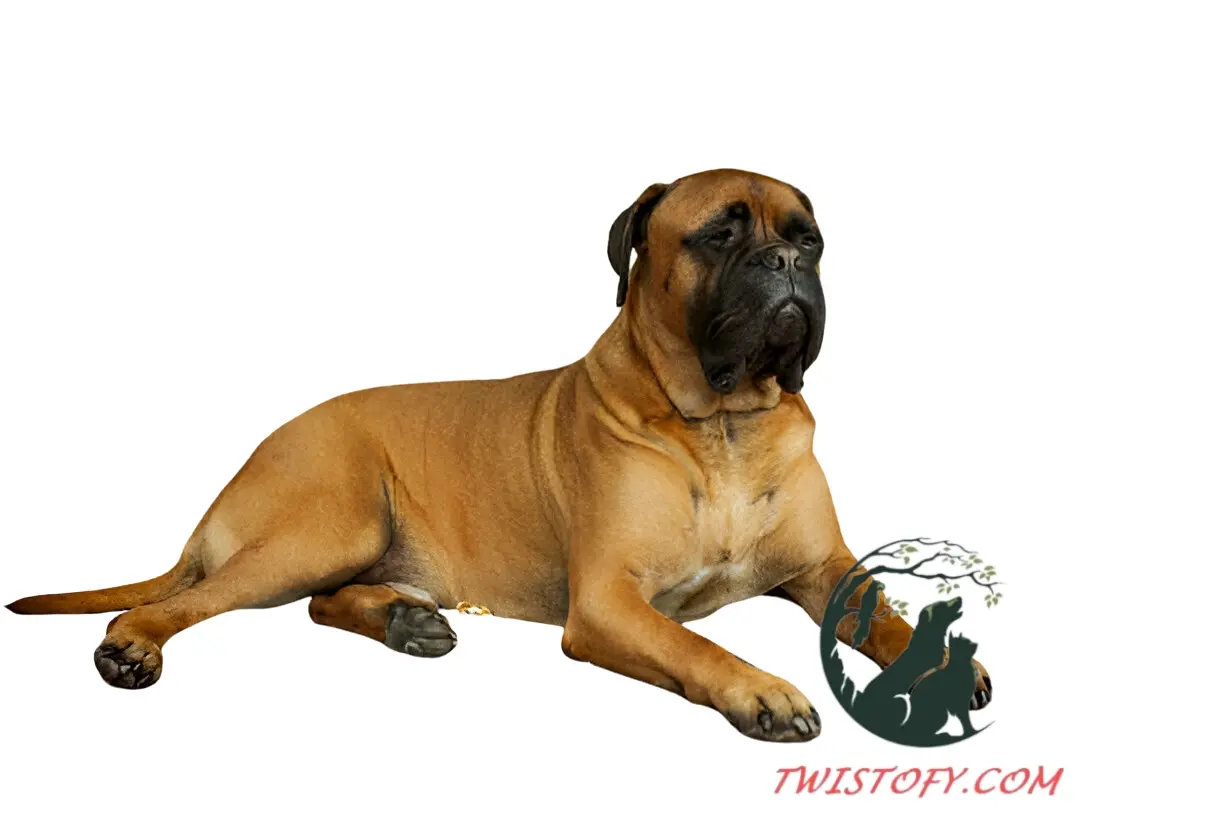
risky dog breeds Risky Dog Breeds Risky Dog Breeds Risky Dog Breeds
-
- Temperament: The Bullmastiff is a powerful animal and was originally bred to guard estates. Their large size can be a controlling factor around kids.
- Considerations: Early and consistent training and socialization are key to managing this breed around children.
Saint Bernard
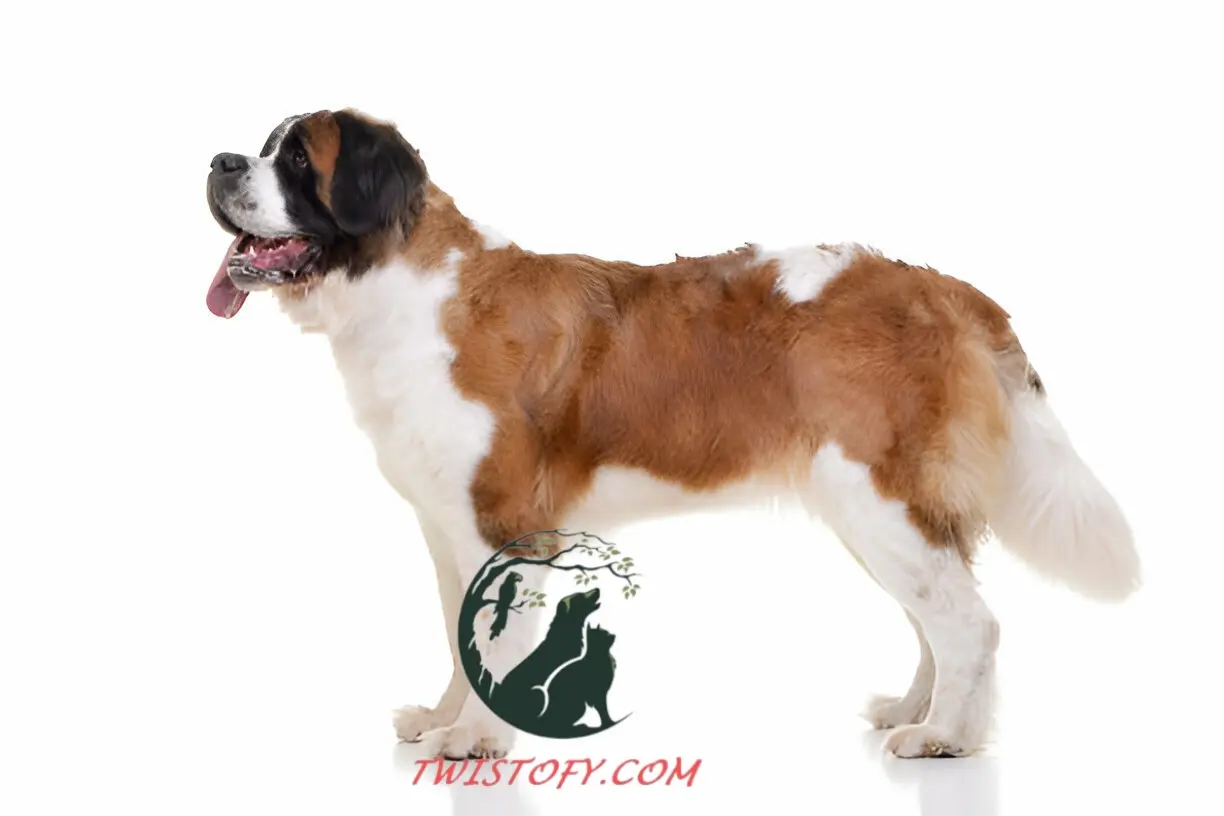
risky dog breeds Risky Dog Breeds Risky Dog Breeds
-
- Temperament: Gentle giants they may be, but the Saint Bernard’s massive size can unintentionally make them a hazard to small children.
- Considerations: Due to their size, supervision is recommended when they are around children to prevent accidental injuries.
Greyhound
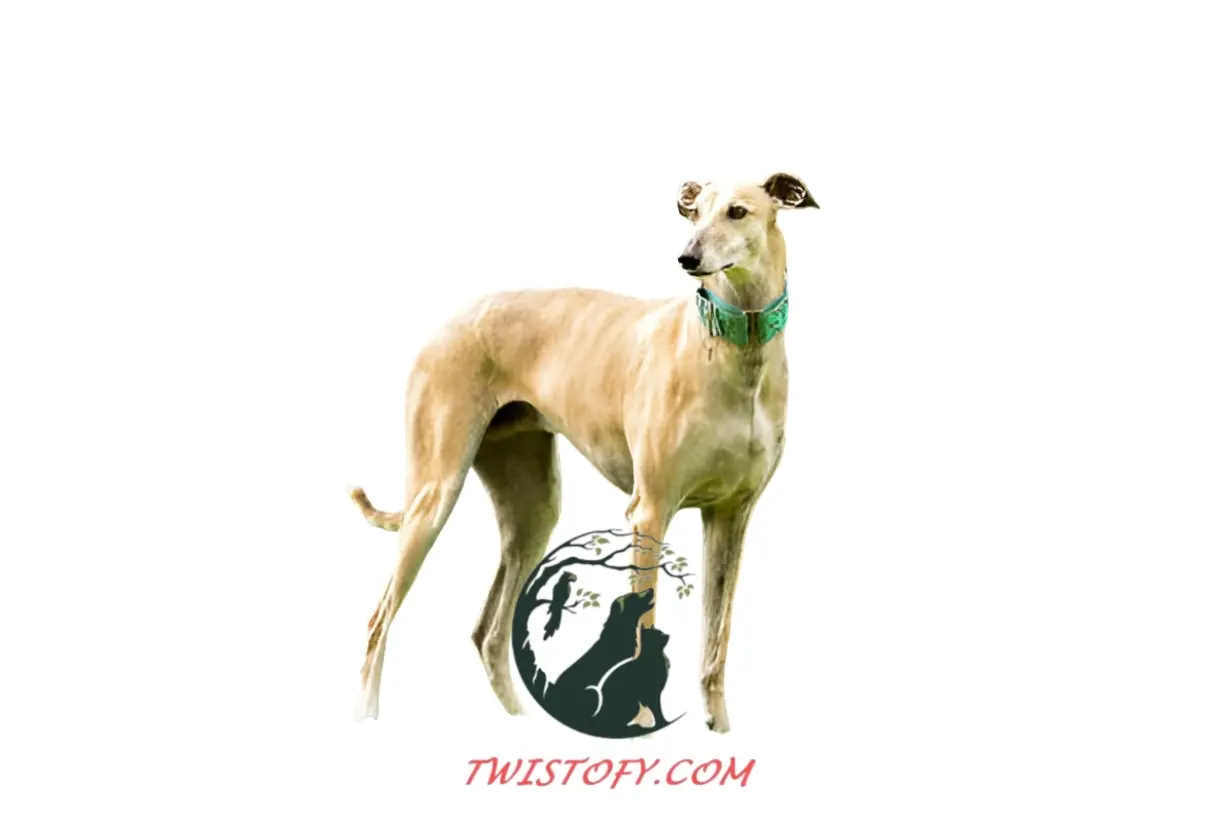
risky dog breeds Risky Dog Breeds Risky Dog Breeds Risky Dog Breeds
-
- Temperament: While typically gentle and shy, Greyhounds have a strong prey drive that can kick in with smaller moving objects, which can include energetic children.
- Considerations: They are known for being reserved and may prefer a quieter household.
Essential Considerations When Choosing a Dog for Families with Children:
Training and Socialization:
-
- Regardless of breed, training and socialization are key components in ensuring any dog can safely interact with children. Early exposure to a variety of people, environments, and situations can help the dog learn appropriate behaviors and reduce fears.
- Enroll in puppy classes and consider ongoing training to reinforce positive behaviors and obedience.
Exercise and Energy Management:
-
- A dog’s energy level should be well-matched to your family’s lifestyle. High-energy breeds need more physical activity to keep them from becoming restless or destructive, which is an important consideration if you have less time for long walks or active play.
- Daily exercise routines not only keep the dog healthy but also help burn off energy that might otherwise be directed towards boisterous play with young children.
Size and Space Requirements:
-
- Consider the size of the dog and the space available in your home and yard. Larger dogs require more space to move around comfortably and can accidentally knock over small children.
- It’s also essential to provide a safe space that the dog can retreat to when they need peace away from active children, ensuring the comfort and safety of all involved.
Long-Term Health Considerations:
-
- Some breeds are prone to specific health issues that could affect not only the cost of care but also the family’s emotional environment. Researching breed-specific health concerns is a must before making a decision.
- Regular check-ups with a veterinarian will help manage any potential health problems and ensure your dog maintains a healthy life with your family.
Temperament Compatibility:
-
- The temperament of a breed is an important indicator of how well the dog might integrate into a family with children. Breeds with a calm, patient disposition are generally better suited for households with kids.
- Meeting the dog beforehand and observing its reactions to various stimuli and interactions can provide insight into its compatibility with your family dynamics.
Consider Adoption:
-
- Adopting a dog from a shelter or rescue group can be a rewarding experience. Many adult dogs in shelters have already been in homes and may have a known history with children.
- Shelter staff can often provide valuable insights into a dog’s personality and suitability for a family environment, potentially making the adoption process more tailored to your specific needs.
Safety First:
-
- Always supervise interactions between children and dogs, especially in the early stages of their relationship. Teaching children how to approach, pet, and play with dogs safely can prevent accidents and misunderstandings.
- Educate your children about the signs of discomfort or stress in dogs to further enhance safe interactions.
Being a Role Model:
-
- Demonstrate to your children how to treat the dog with respect and kindness. Lead by example by showing gentle handling and proper care, reinforcing the idea that dogs are not toys but living beings with their own needs and feelings.
Adjustment Period:
-
- Allow both your new dog and your children time to adjust to each other. This might involve gradual introductions, increasing contact as each party becomes more comfortable.
- Patience and gentle encouragement can ease this transition, making for a smoother integration into family life.
Continual Monitoring and Adjustment:
-
- Even after the initial introduction phase, it’s important to continue monitoring the relationship between your dog and your children. Be prepared to make adjustments based on their interactions, ensuring safety and comfort for everyone.
- Regular family meetings to discuss the dog’s behaviors and any concerns can be beneficial. This keeps everyone informed and engaged in the pet’s life and welfare.
By considering these additional points, families can make more informed decisions about which dog breed (if any) is right for their household. Each dog is unique, and with the right preparation, training, and commitment, many dogs can become beloved family members, even in homes with young children. Remember, the goal is to ensure a safe, happy, and healthy environment for both your children and your new pet.
Ongoing Education and Training:
-
- Continual training and reinforcement of learned behaviors are crucial for any dog living with children. Regular training sessions not only reinforce commands but also strengthen the bond between the dog and all family members.
- Consider involving your children in the training process under supervision, which can teach them responsibility and improve the dog’s responsiveness to commands from everyone in the household.
Regular Socialization:
-
- Continue to expose your dog to different environments, people, and other pets. This ongoing socialization helps to maintain their adaptability and reduce anxiety or aggression.
- Family outings can be a great way for the dog to experience new settings in a safe and controlled manner, ensuring they remain calm and well-behaved around children.
Health Maintenance:
-
- Regular veterinary care is vital to detect and treat any health issues early. This includes vaccinations, parasite control, and routine check-ups that help prevent diseases that could affect the dog’s behavior and safety around children.
- A healthy diet and proper grooming are also important to keep the dog in good shape and reduce the risk of health-related mood swings or irritability.
Create a Safe Environment:
-
- Make sure your home is a safe environment for both children and pets. Remove small objects that dogs might swallow, secure trash cans, and use safety gates if necessary to manage the spaces your dog and children can access independently.
- Teaching your dog and children about the limits within the home can prevent accidents and create a harmonious living space.
Emotional Bonding:
-
- Foster an emotional connection between the dog and all family members. Encourage gentle playtime and shared activities that help form a strong bond. This emotional attachment can significantly affect the dog’s loyalty and protective instincts towards the children.
- Watching for signs of affection, like a wagging tail or playful behavior, can indicate your dog’s happiness and comfort with the familial relationship.
Respect for Personal Space:
-
- Teach both the dog and children to respect each other’s personal space. Dogs should have a quiet, comfortable spot where they can retreat when needed, and children should learn to recognize when the dog prefers to be left alone.
- Understanding and respecting boundaries can prevent misunderstandings and ensure that interactions remain positive.
Problem-Solving Strategies:
-
- Be proactive in addressing any signs of conflict or anxiety between the dog and children. If issues arise, consult a professional trainer or behaviorist for strategies that can alleviate tensions and correct undesirable behaviors.
- Keeping a log of incidents can help professionals understand the dynamics at play and offer more targeted advice.
Celebrating Together:
-
- Include your dog in family celebrations and special occasions to reinforce their role as a family member. This can help deepen the bond and make the dog feel valued and loved.
- Simple actions, like allowing the dog to open presents or giving them a special treat on holidays, can enhance their sense of belonging.
Lifelong Commitment:
-
- Remember that bringing a dog into a home with children is a long-term commitment that extends beyond just the puppy years. As children grow and life circumstances change, the family must adapt to continue supporting the dog’s well-being.
- Planning for the future, including arrangements for care during vacations or changes in living situations, is essential for a stable and happy life for your dog.
Reflecting on the Decision:
-
- Regularly reflect on the decision to have a dog in the home with children. Assess how the arrangement is working for all parties involved, and make necessary adjustments to routines or training methods.
- Open family discussions about the dog’s role in the household can foster a nurturing environment and ensure that everyone’s needs are being met.
By integrating these points into family life, you can create a nurturing environment for both your children and your dog. Such a thoughtful approach not only ensures safety and happiness but also enriches the family dynamic, making the shared experiences with your dog cherished memories for everyone involved.
Regular Updates on Training Techniques:
-
- Dog training methods and understandings of canine behavior evolve over time. Staying informed about the latest training techniques can help you manage your dog more effectively and ensure that their interactions with children remain positive. Regular refreshers or advanced training courses can benefit both new and seasoned dog owners alike.
Inclusive Family Activities:
-
- Plan activities that include your dog and cater to their abilities and interests, alongside those of your children. Whether it’s a trip to the park, a leisurely walk, or a game that everyone can participate in, shared activities can strengthen the bond between your dog and the family.
- These activities not only provide exercise but also opportunities for your children and the dog to interact in a fun and supervised setting, reinforcing their mutual respect and understanding.
Understanding Breed Specific Traits:
-
- While generalizations about dog breeds can be helpful, it’s important to remember that individual variations are significant. Even within breeds known for their suitability with children, personalities can differ.
- Spend time getting to know your dog’s personal preferences, fears, and favorite activities. This tailored approach can prevent conflicts and enhance the relationship between your dog and your children.
Preparation for Unforeseen Circumstances:
-
- Prepare your children for how to behave around the dog under less than ideal conditions, such as when the dog is eating, sleeping, or feeling unwell. Teaching children to recognize and respect these boundaries can prevent irritation and potential aggression from the dog.
- Emergency preparedness should also be discussed, including what children should do if they are ever knocked down by the dog or if the dog exhibits unexpected behavior.
Positive Reinforcement:
-
- Use positive reinforcement as the cornerstone of interacting with your dog. Rewarding good behavior with treats, praise, or playtime can encourage your dog to repeat those behaviors, particularly in their interactions with your children.
- This method not only promotes a happy and obedient dog but also shows children the value of kindness and positive feedback in teaching and relationships.
Setting Realistic Expectations:
-
- It’s important for parents to set realistic expectations for both the dog and the children. Understanding a dog’s developmental stages and typical behaviors will help manage children’s expectations of their pet.
- Teach children that while dogs can be great playmates, they also need rest and can sometimes be grumpy or tired, just like humans.
Cultural Sensitivity and Awareness:
-
- Consider cultural influences and how they might affect perceptions and treatments of dogs in your household. Ensuring that these cultural perspectives are respected can help in forming a cohesive family unit that values the welfare and happiness of the dog.
- Awareness of different attitudes towards pets can also be a valuable teaching moment for children about diversity and respect for other views.
Continuous Monitoring for Harmony:
-
- Continuously monitor the dynamics between your dog and the children as they both grow and develop. Adjusting training, boundaries, and shared activities as needed can help maintain harmony in the household.
- Observing interactions and being proactive about making changes can prevent minor issues from becoming major problems.
Celebration of Milestones:
-
- Celebrate milestones in your dog’s life just as you would with other family members. Whether it’s a birthday, training graduation, or another special event, acknowledging these milestones can enhance the bond between your dog and the family.
- These celebrations can be fun and meaningful for children, helping them to see the dog as an integral part of the family.
Fostering a Lasting Bond:
-
- Ultimately, the goal is to foster a lasting bond that enriches the lives of both your children and your dog. This bond is built through daily interactions, shared responsibilities, and mutual respect.
- By investing time and love into this relationship, you can ensure that your children and your dog enjoy a deep, meaningful connection that will provide joy and companionship throughout their lives.
Incorporating these strategies into daily life with your dog and children not only ensures a safer environment but also builds a foundation of respect, love, and mutual care that benefits everyone in the family.
Final Thoughts: Choosing a dog breed when you have children in the house requires considering the dog’s breed tendencies, size, and energy level. It’s important to remember that while breed characteristics can provide guidelines, individual dogs may vary. Always spend time with a dog before deciding to bring them into your home, and consider adopting from shelters where the staff can help match you with the right dog for your family’s lifestyle.
Why It’s Important: Selecting a breed that fits well with your family’s lifestyle and handling capabilities is crucial for the happiness and safety of both the children and the pet in your household. Careful consideration and responsible pet ownership lead to a harmonious home life for everyone.






